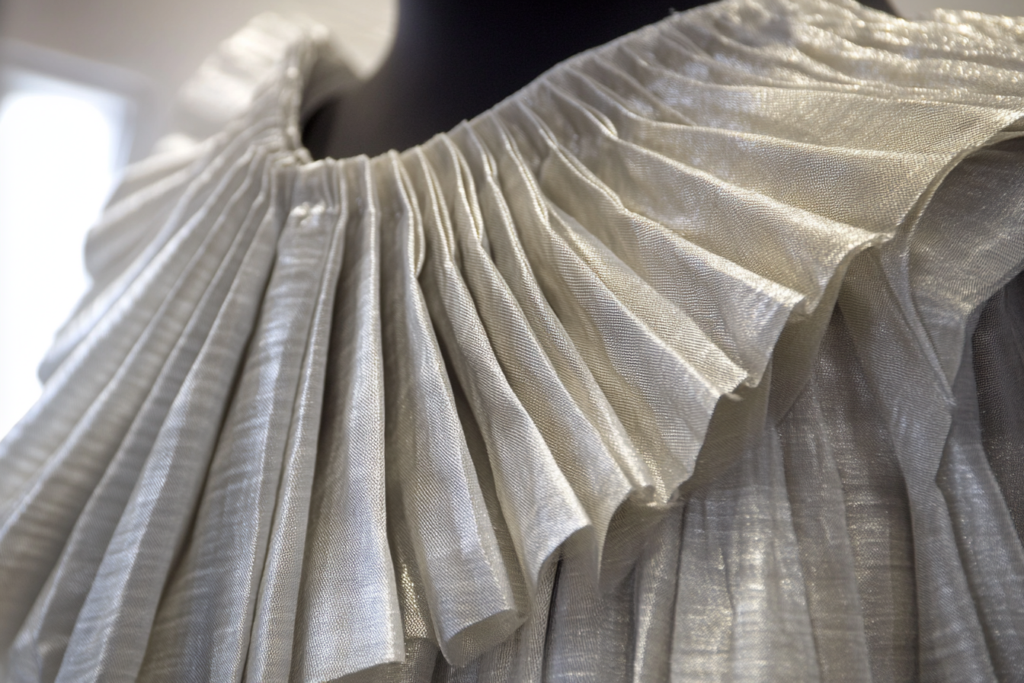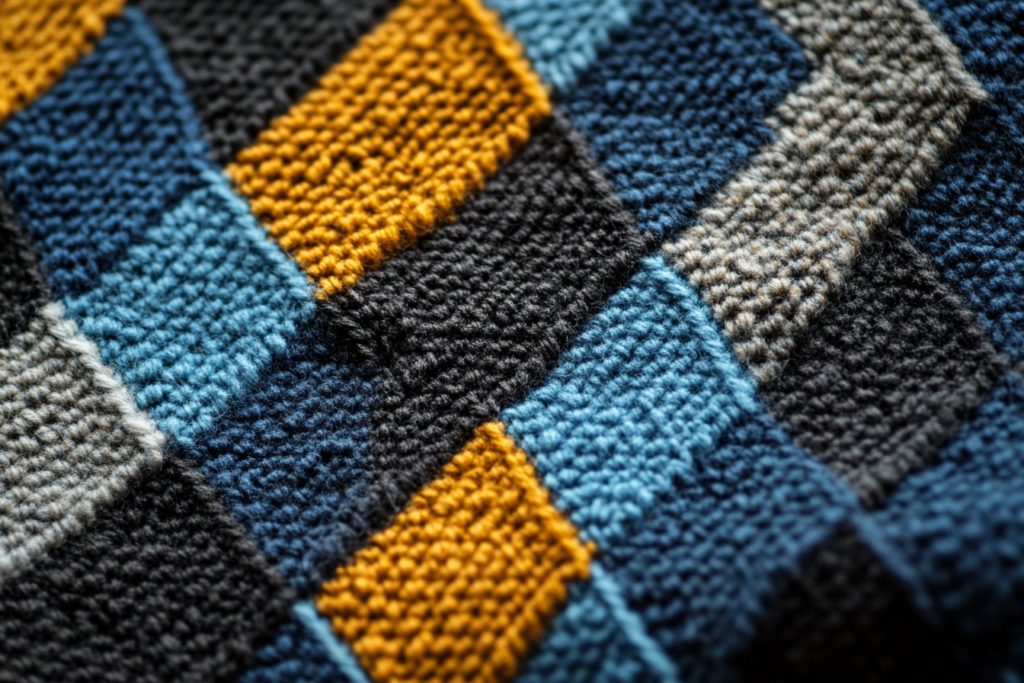Stitches Per Inch (SPI): A Key Indicator of Sewing Quality
Meta Description: Stitches per inch (SPI) refers to the number of stitches within a 1-inch length of fabric. Learn how SPI affects seam strength, garment quality, and fabric durability in sewing.
What is Stitches Per Inch (SPI)?
Stitches per inch (SPI) is a measurement that indicates the number of stitches sewn within a 1-inch length of fabric. It is an important quality indicator in sewing, garment production, and textile manufacturing.
SPI determines the strength, durability, and flexibility of a seam. A higher SPI means more stitches per inch, leading to a stronger and smoother seam, while a lower SPI results in longer stitches, which are typically used for decorative or basting purposes.


Key Features of Stitches Per Inch (SPI)
✔ Defines Stitch Density: A higher SPI means a denser seam, while a lower SPI creates longer, looser stitches.
✔ Impacts Seam Strength: Higher SPI results in stronger, more durable seams, while lower SPI allows for greater flexibility in certain fabrics.
✔ Used to Assess Sewing Quality: High-quality garments often have precisely adjusted SPI for different fabric types.
✔ Adjustable on Most Sewing Machines: Both industrial and home sewing machines allow users to modify SPI settings for optimal fabric performance.
✔ Common in Garment Manufacturing & Upholstery: SPI is widely used in apparel production, quilting, and leatherwork to ensure durability and functionality.
How SPI Affects Sewing Quality
1. Seam Strength & Durability
- A higher SPI (12-20 stitches per inch) creates tight, secure seams that are stronger and less likely to unravel.
- A lower SPI (6-10 stitches per inch) results in looser, more flexible seams, often used for decorative stitching or temporary basting.
2. Fabric Compatibility
- Lightweight Fabrics (Silk, Chiffon, Cotton Lawn) require higher SPI (14-20) to prevent seam puckering and create smooth stitches.
- Medium-Weight Fabrics (Denim, Linen, Canvas) use SPI between 10-14 for balance between strength and flexibility.
- Heavy Fabrics (Leather, Upholstery, Thick Denim) need lower SPI (6-10) to allow fabric movement and prevent thread breakage.
3. Appearance & Seam Finish
- Higher SPI = Finer, More Professional Finish – Seen in high-end garments, fine tailoring, and detailed stitching.
- Lower SPI = Looser, More Visible Stitches – Often used in topstitching, decorative work, or temporary stitching.
Common SPI Ranges for Different Applications
| Application | Recommended SPI | Purpose |
|---|---|---|
| Fine Sewing (Silk, Chiffon, Lingerie) | 14-20 SPI | Prevents seam puckering & enhances smoothness. |
| General Apparel (Shirts, Dresses, Pants) | 10-14 SPI | Provides strength & durability for daily wear. |
| Denim & Canvas Sewing | 8-12 SPI | Ensures flexibility & resistance to breakage. |
| Leather & Upholstery | 6-10 SPI | Reduces tension on thick fabrics & prevents skipped stitches. |
| Basting & Temporary Seams | 4-6 SPI | Easy to remove; used for holding fabric before final stitching. |
Each type of fabric requires a different SPI setting to achieve the best stitch strength, durability, and appearance.
How to Adjust SPI on a Sewing Machine
Most sewing machines (home & industrial) allow SPI adjustments through stitch length settings.
🔹 Higher SPI (Shorter Stitch Length): Reduces stitch length for tight, precise stitches.
🔹 Lower SPI (Longer Stitch Length): Increases stitch length for looser, longer stitches.
🔧 Steps to Adjust SPI:
1️⃣ Locate Stitch Length Control: This may be a dial, button, or digital setting on your machine.
2️⃣ Select SPI According to Fabric Type: Lower SPI for heavy fabrics, higher SPI for light fabrics.
3️⃣ Test on Scrap Fabric: Always check stitch quality before sewing the final piece.
4️⃣ Adjust as Needed: If stitches look too tight or too loose, fine-tune the SPI setting.
Stitches Per Inch (SPI) vs. Stitches Per Centimeter (SPC)
| Measurement | Definition | Common Use |
|---|---|---|
| Stitches Per Inch (SPI) | Number of stitches in 1 inch of fabric. | Standard measurement in U.S. sewing & garment manufacturing. |
| Stitches Per Centimeter (SPC) | Number of stitches in 1 cm of fabric. | Used in European & international textile standards. |
To convert SPI to SPC, use the formula:
SPC = SPI ÷ 2.54 (since 1 inch = 2.54 cm).
Example:
- 12 SPI = 4.7 SPC
- 8 SPI = 3.1 SPC
How to Choose the Right SPI for Your Project
✅ For Delicate Fabrics: Use 14-20 SPI to prevent fabric distortion.
✅ For Regular Garments: Use 10-14 SPI for strong and flexible seams.
✅ For Heavy Fabrics: Use 6-10 SPI to prevent stitch tension issues.
✅ For Temporary Stitches: Use 4-6 SPI so stitches can be easily removed.
Conclusion: Why SPI Matters in Sewing & Manufacturing
Stitches per inch (SPI) is a crucial factor in seam quality, fabric durability, and garment construction. Whether you’re sewing lightweight silk, denim jeans, or leather upholstery, adjusting the SPI ensures the right balance of strength, flexibility, and visual appeal.
By understanding how SPI affects different fabrics, designers, manufacturers, and sewists can achieve high-quality, professional results in their textile projects.



